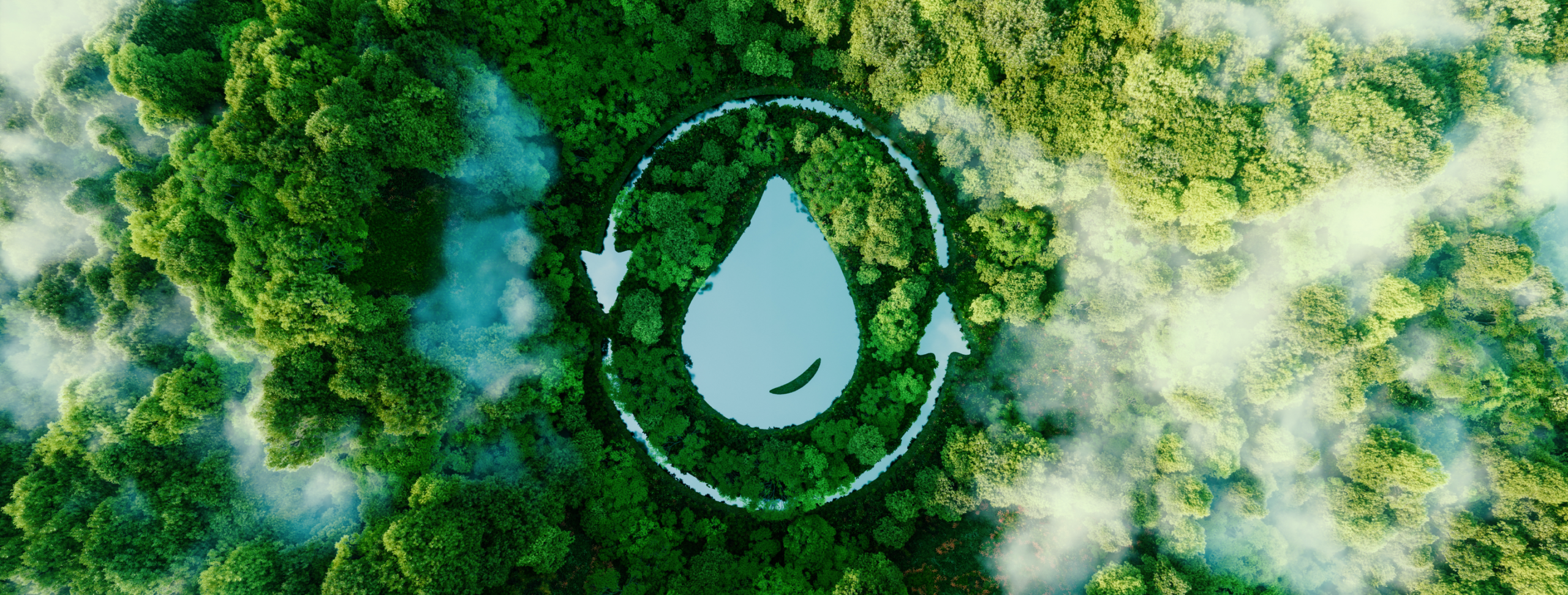
Water Contaminants
Types of Contaminants
As water travels over the surface of the land or through the ground, it dissolves naturally occurring minerals. In order to ensure that tap water is safe to drink, the EPA prescribes regulations which limit the amount of certain contaminants in drinking water provided by public water systems. Below is a list of the most common types of contaminants. The presence of some contaminants, however, does not necessarily indicate a health risk. More information about contaminants and potential health effects can be obtained by calling the Environmental Protection Agency’s Safe Drinking Water Hotline at (800) 426-4791.
Inorganic Contaminants – Salts and metals, which can be naturally occurring or result from urban storm water runoff, industrial or domestic discharges, oil and gas production, mining, or farming.
Organic Chemical Contaminants – Synthetic and volatile organic chemicals that are byproducts of industrial processes and petroleum production. Organic chemical contaminants can also come from gas stations, urban storm water runoff, and septic systems.
Radioactive Contaminants – Can be naturally occurring or the result of oil and gas production and mining activities.
Microbial Contaminants – Viruses and bacteria that come from sewage treatment plants, septic systems, agricultural livestock operations, and wildlife.
Pesticides and Herbicides – Come from a variety of sources such as agriculture, urban storm water runoff, and residential uses.